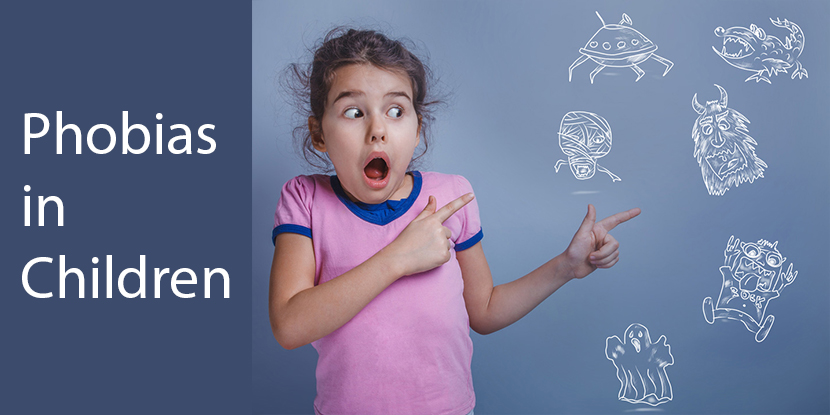Kids’ and adults’ feelings regarding phobias are the same. Children have the same phobias as adults have. The difference is only the phobia’s degree level and anxiety. Phobias in children have a high level of anxiety and dread even for small things. They have a high form of fear. The child who has phobia experiences different levels of a scare for a period of six months or more.
Phobia is the fear of something very specific like the terror of insect, situation, place, animal, person or individual, closed areas and many more. Phobia creates feelings of fear that disrupts the child’s daily life and routine. Sometimes, their fear goes beyond the ordinary fears of childhood. They keep on suffering until their adulthood.
The most common phobias that are found in children are of blood fear, animals fear, flying, getting sick, heights, insects or spiders fear, parents or siblings, getting sick or hurt, thunder lightening fear and pricking of a needle.
Causes
Phobias in children can be developed due to many reasons such as; it occurs due to biological factors, dopamine and serotonin are the neurotransmitters that cause feelings of anxiety when a person faces some specific object or individual. Basically, the brain contains these two special chemicals that are called neurotransmitters which sends a message back and forth the way a person feels.
Then comes family factors, here fear or terror to something is inherited. Just like when a child inherits parents’ eyes color, hair color, the resemblance of the nose, face cuts and all. In this way, parents’ anxiety and fears are also transferred. For instance, if parents show an intense fear of socialization, the child is likely to develop social phobia.
The last cause may be the environmental factor, past experiences may cause phobia like if the person goes through some trauma like some family crisis, divorce, and mental illness, he develops that phobia in accordance with his childhood or past experiences. Such types of phobias sometimes last longer.
Symptoms
When an individual or a person starts avoiding some specific objects. Encounters some object or individual fearfully, endure an object with a high level of anxiety. Normal routine and activities are disrupted and sometimes phobia results into sweating, choking feeling, shortness of breath, chills or hot flashes, faint and feel dizzy, losing control, upset stomach or numbness. If a person experiences four or more symptoms in a single episode, it may be referred to as a panic attack. It lasts for several hours sometimes.
Social phobia is the most common phobia found in both children and adults. It is the intense fear of facing people and a situation where there is a rush or people. Such people fear of being introduced to new people and places. Interaction in parties is the most difficult task for them. Giving a speech in front of the whole class or asking questions from teachers before the whole class gives them shivers. Going to restaurants and placing an order is even more difficult and using the washroom of some restaurant causes difficulty and abnormal reactions. Such people avoid people and situations by indulging in mobile phone use.
Image source link

















